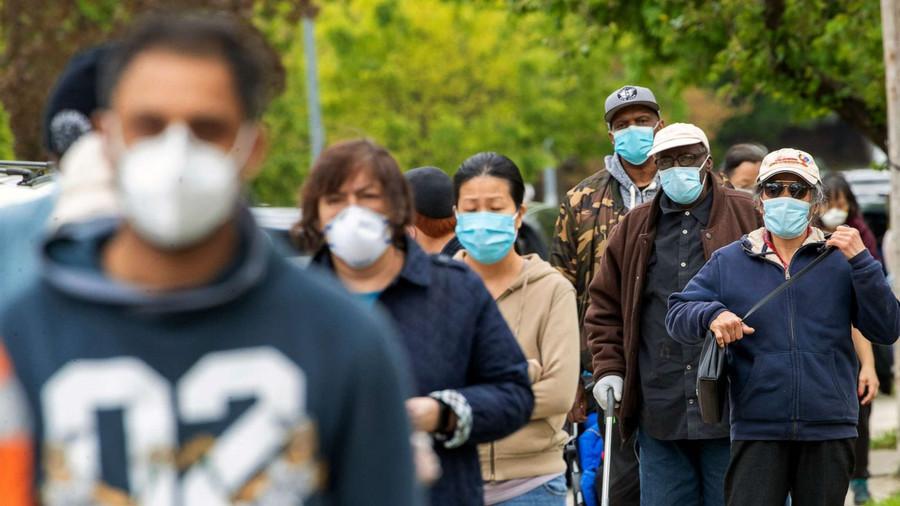Declaring a pandemic
When declaring a pandemic, the World Health Organization has the last word. There is no threshold, such as a certain number of deaths or infections, or a number of countries affected, that needs to be met.
And once a pandemic is declared, it becomes more likely that community spread will eventually happen, and governments and health systems need to ensure they are prepared for that.
25
55 reads
CURATED FROM
IDEAS CURATED BY
I am a sucker for gadgets, stubborn and curious. Eating right and sleeping well is important to me.
The idea is part of this collection:
Learn more about health with this collection
How to prioritize and simplify your life
The importance of rest and relaxation
The benefits of slowing down
Related collections
Similar ideas to Declaring a pandemic
The 2019 Pandemic
On March 11, 2020, the World Health Organization announced that a new virus was officially a pandemic after barreling through 114 countries in three months and infecting over 118,000 people. And the spread wasn’t anywhere near finished.
The new virus spreads through droplets from sneezes.
Read & Learn
20x Faster
without
deepstash
with
deepstash
with
deepstash
Personalized microlearning
—
100+ Learning Journeys
—
Access to 200,000+ ideas
—
Access to the mobile app
—
Unlimited idea saving
—
—
Unlimited history
—
—
Unlimited listening to ideas
—
—
Downloading & offline access
—
—
Supercharge your mind with one idea per day
Enter your email and spend 1 minute every day to learn something new.
I agree to receive email updates
